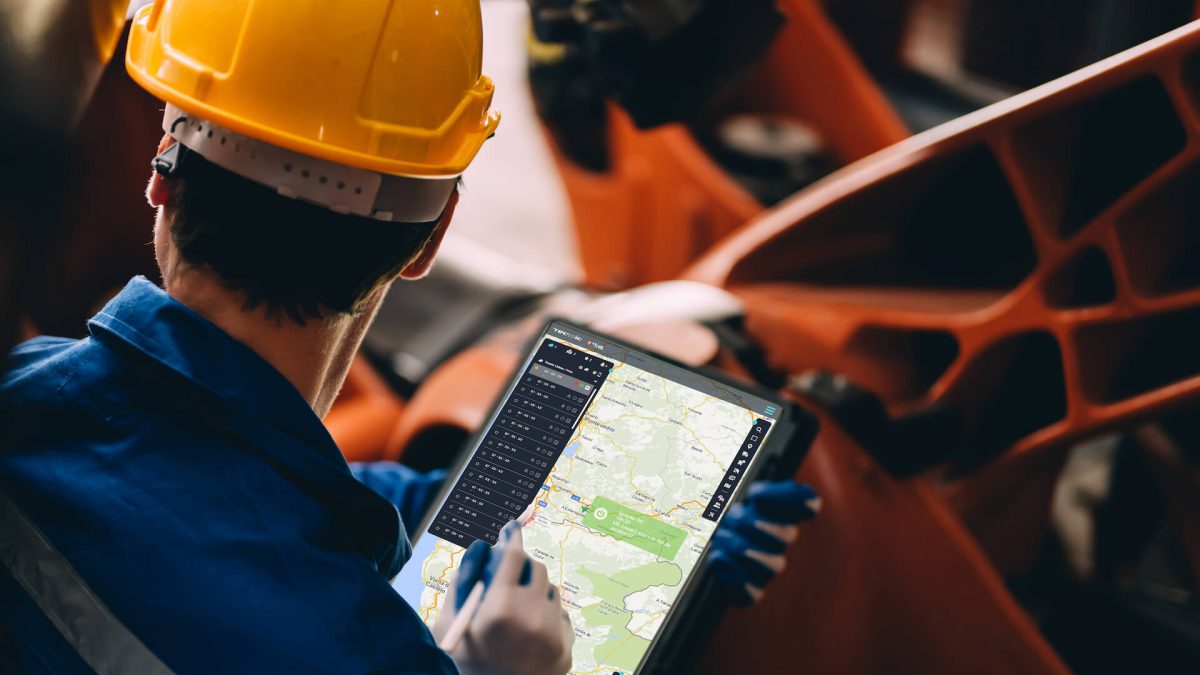Technological Adaptation in the Construction Sector: The Path to Digitalization
The construction sector has historically resisted technological changes, adopting new technologies at a slower pace compared to other sectors. While manufacturing has seen an annual growth rate of 4.2% in digitizing processes over the last decade, the construction sector has only grown by 2%. However, the trend is changing, with more and more companies recognizing the importance of digitization in their processes.
The need to adopt new technologies
Recently, 84% of construction companies indicated their intention to adopt new technologies in the next year, primarily driven by safety and productivity reasons. Over 40% of these companies believe that their current level of technological development is insufficient. This gap represents an opportunity to improve efficiency and competitiveness in the sector.
Main challenges in technology adoption
Although there is a growing willingness to adopt new technologies, companies face several challenges that slow down this process. Among the main concerns are:
- Costs: The initial investment in new technologies.
- Training: The need to train the workforce to use new tools.
- Responsibility: Issues of responsibility associated with the use of new technologies.
- Security: Ensuring the security of construction sites and generated data.
Strategies for intelligent adoption
The question is: should we quickly adopt innovations, investing time and money and assuming potential risks? Or wait for other companies to move forward first, risking falling behind the competition?
The best approach is an intelligent adoption of technologies. Here are some recommended strategies:
- Benefit and risk analysis: Evaluate the potential benefits and risks of each technology before adoption.
- Choosing reliable partners: Select technology vendors that offer support and guarantees.
- Continuous training: Invest in ongoing employee training to ensure adaptation to new tools.
- Gradual implementation: Adopt a phased approach to implementing new technologies, starting with projects in one area and expanding to other activities.
To ensure success in adopting new technologies, it is crucial to address the main obstacles and choose technological partners that offer adequate support. With a smart adoption strategy, construction companies can maximize results and minimize risks.
At Tecmic, we are committed to helping construction companies implement the necessary technological changes. We offer innovative solutions that improve productivity and safety, ensuring that companies remain competitive in a rapidly evolving market.
That’s why we design Fleet, Asset, and Team Management solutions with specific features for construction companies.
The adoption of these systems can bring a series of significant benefits to them as these systems help optimize resource utilization, increase operational efficiency, and improve safety and decision-making.
Some of the key advantages are:
- Improved Operational Efficiency
- Real-time Monitoring: Allows continuous monitoring of vehicles, equipment, and teams, facilitating management and coordination of daily operations.
- Route Optimization: Improves route planning, reducing travel time and fuel consumption between points.
- Maintenance Planning: Automates preventive maintenance scheduling, reducing equipment downtime and increasing its lifespan.
- Increased Productivity
- Task Management: Facilitates task assignment and monitoring to teams, improving productivity and efficiency.
- Reduced Downtime: Preventive maintenance and real-time monitoring reduce equipment downtime, increasing operational availability.
- Process Automation: Administrative task automation reduces time spent on bureaucracy and increases time dedicated to productive activities.
- Enhanced Safety
- Driving Monitoring: Identifies and corrects risky driving behaviors, such as speeding and harsh braking, promoting safer driving.
- Traceability: In case of theft or loss, real-time location facilitates the recovery of vehicles and equipment.
- Worker Safety: Monitors the location and working hours of teams.
- Improved Asset Management
- Accurate Inventory: Provides an up-to-date and accurate record of all assets, facilitating their management and maintenance.
- Equipment Traceability: Equipment location and status can be monitored in real-time, preventing losses and theft.
- Lifecycle Management: Allows more efficient management of asset lifecycle, from acquisition to disposal.
- Cost Reduction
- Fuel Savings: Through route optimization and driving behavior monitoring, significant fuel consumption reduction is possible.
- Minimization of Repair Expenses: Preventive maintenance reduces the occurrence of unexpected breakdowns and associated costs of emergency repairs.
- Resource Management: Improves resource allocation and utilization.
- Enhanced Decision Making
- Real-time Data: Provides updated data on fleet, assets, and teams performance, enabling more informed and data-driven decision-making.
- Analysis and Reporting: Generates detailed reports that help identify areas for improvement and implement more effective strategies.
- Forecasting and Planning: Facilitates strategic planning and forecasting of future needs, improving overall company management.
- Environmental Sustainability
- Emissions Reduction: Route optimization and efficient driving contribute to reducing CO2 emissions.
- Resource Conservation: Efficient resource utilization extends equipment lifespan and minimizes environmental impact.
Conclusion
The implementation of fleet, asset, and team management systems can significantly transform the operation of construction companies. By improving efficiency, reducing costs, increasing safety, and providing better asset management, these systems represent a crucial competitive advantage in an increasingly demanding market.
At Tecmic, we are dedicated to helping construction companies adopt these advanced technologies, with a business model that avoids large initial investments. We support implementation and team training safely and responsibly.
Contact us to learn more about how we can support your company’s transition to more efficient and effective management.



